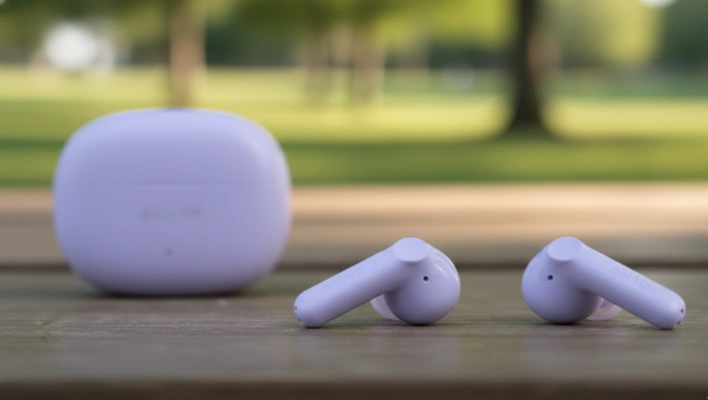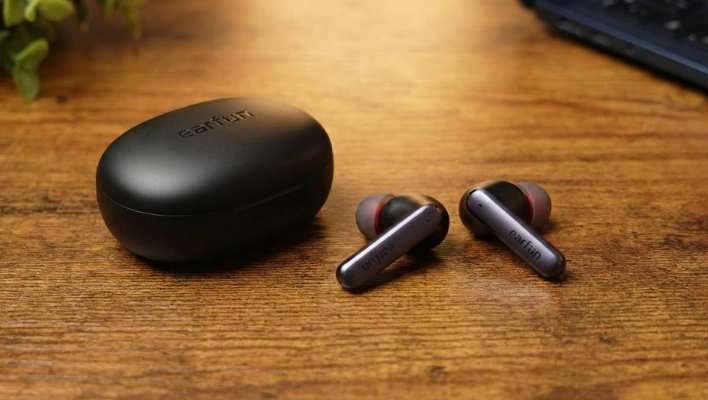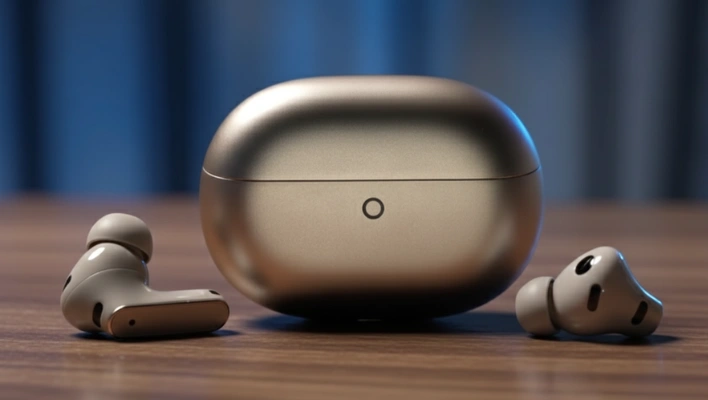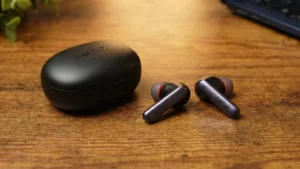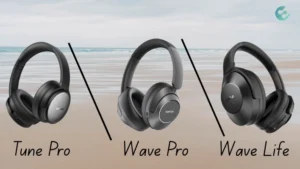Today, we’re diving into a much-requested comparison between the latest Redmi Buds 5 vs Realme Buds Air 3.
These are two earbuds that many of you have asked me to compare to see which is more worthwhile today.
So, without further ado, I’ll share my experience with each of these earbuds and tell you which one I think is more recommendable, considering their current prices.
So, if you don’t want to miss out, as always, get comfortable, and let’s get started!
Redmi Buds 5 vs Realme Buds Air 3: Specs Comparison
| Feature | Redmi Buds 5 | Realme Buds Air 3 |
|---|---|---|
| Design | Matte finish, less prone to scratches | Glossy finish, more prone to scratches |
| Comfort & Fit | Comfortable with silicone tips, IP54 rating | Comfortable with silicone tips, IPX5 rating |
| Color Options | Purple, Black, White | White, Dark Blue |
| Battery Life | 8 hours (ANC on), 40 hours with case | 5.5 hours (ANC on), 30 hours with case |
| Connectivity | Bluetooth 5.3 | Bluetooth 5.2 |
| App Integration | Xiaomi Earbuds app | Realme Link app |
| Sound Quality | Strong low frequencies, larger driver | More balanced, better mid and high frequencies |
| Price Range | $35 – $45 | $45 – $60 |
Also See: Xiaomi Air 3 SE vs Redmi Buds 4 Lite
Redmi Buds 5 vs Realme Buds Air 3: In-depth review
Design and Build Quality
Firstly, let’s talk about the design of the charging cases. Both products are similar in dimensions, but if I had to choose one, I’d go with the Redmi for its matte finish that doesn’t scratch or hold dirt.
The Realme, however, also has a great feel but comes with a glossy finish that scratches easily. You can opt for the blue version, which has a matte finish.

Both cases are compact, thin, and equipped with USB Type-C and a small button on the side for pairing. The Redmi logo is simpler, while the Realme features a rubberized logo, which is more of an aesthetic detail.
Comfort and Fit
Both earbuds are extremely comfortable and come with different sizes of silicone tips.
They include multiple microphones for active noise cancellation, and a tactile area on the outside, and are similar in practicality.
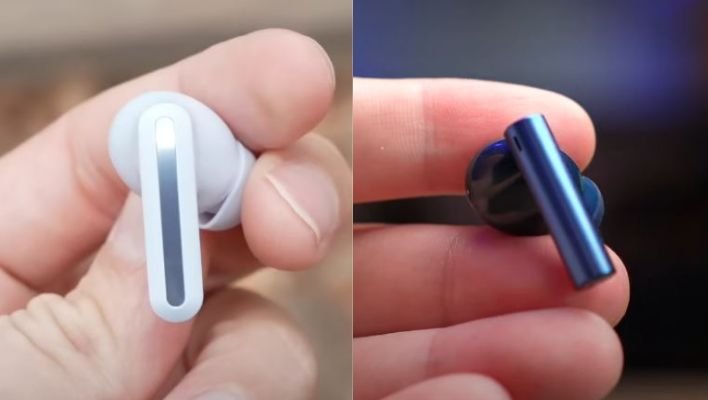
The Realme has an IPX5 rating, while the Redmi has an IP54 rating, but both perform well, even in the rain.
Color Options
The Redmi Buds 5 are available in three colors: a striking purple, classic black, and white.
The Realme Buds Air 3 comes in white and dark blue, both attractive, but the blue with its matte case is more resistant to scratches and impacts.
Battery Life
The Redmi Buds 5 boasts an 8-hour battery life with active noise cancellation (ANC) on and up to 40 hours with the case.
The Realme Buds Air 3 offers up to 5.5 hours with ANC and up to 30 hours with the case. In real-world use, the Redmi outperforms the Realme in terms of battery life.
Connectivity and App Integration
The Redmi Buds 5 features Bluetooth 5.3, which contributes to its good battery life, and supports standard audio codecs.
The Realme Buds Air 3, with Bluetooth 5.2, offers similar codec support. Both have their own apps for customization, such as Xiaomi Earbuds for the Redmi and Realme Link for the Realme, offering extensive control and customization options.
Sound Quality and Performance
Both earbuds have dynamic drivers, with the Redmi slightly larger, favoring low frequencies. The Realme provides a more balanced sound, especially in the mid and high frequencies.
Both models lean towards a bass-heavy sound signature, but the Realme offers slightly better balance and detail.
Price
The Redmi Buds 5 typically ranges from $35 to $45, offering great value for the features it provides. The Realme Buds Air 3 is priced around $60 but can be found cheaper during sales.
Redmi Buds 5 vs Realme Buds Air 3: Final Thoughts
Considering the price-to-performance ratio, the Redmi Buds 5 emerges as a more compelling choice due to its superior battery life, more advanced noise cancellation, and overall value.
However, the Realme Buds Air 3 also stands out for its balanced sound quality.
Nick, the Co-founder of Earbuds Arena, is a seasoned freelance tech journalist with over ten years of experience covering wearables, apps, headphones, and gadgets. When he’s not immersed in the tech world, you’ll likely find him unwinding with video games, going for a run, or enjoying a game of soccer on the field.

